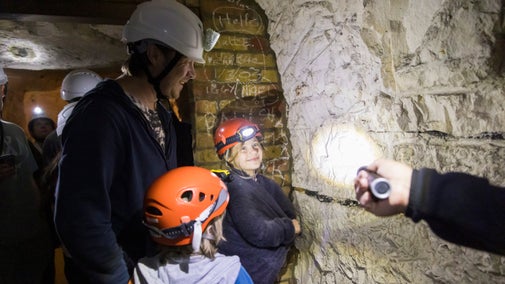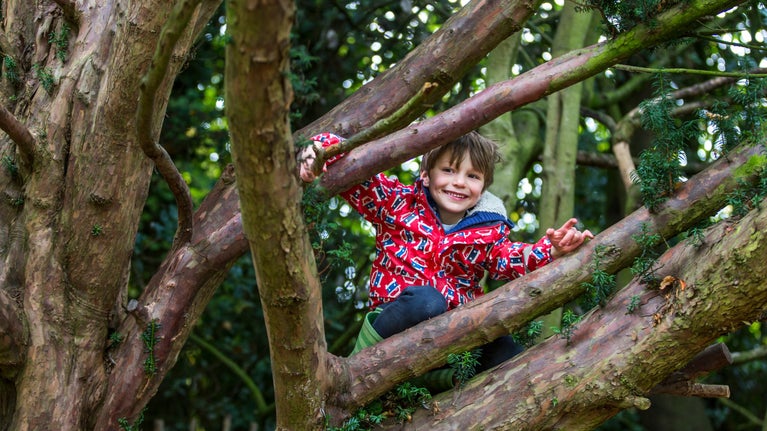
‘50 things to do before you're 11¾’
Have fun exploring nature and the great outdoors with our list of ‘50 things to do before you're 11¾’.
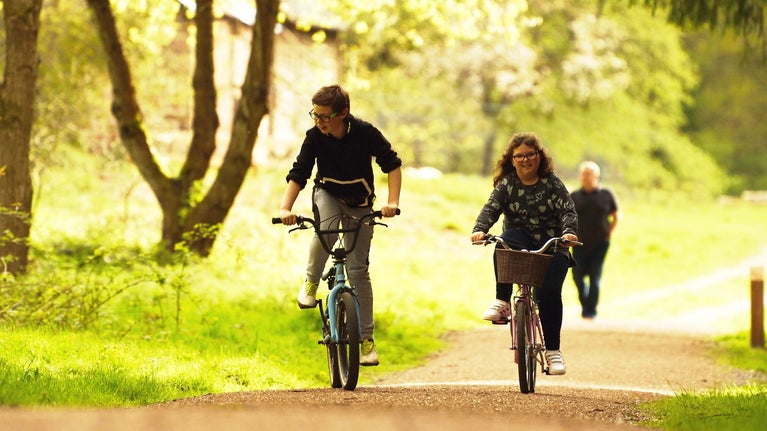
Whether you use a bike, scooter or skateboard, you’ll explore further and faster on wheels. It’s also a fun way to exercise, feeling the wind on your face. Learn about the first bicycles ever invented and find out why cycling is a planet-friendly way of exploring.
Ask an adult to help find a trail near you. Safe cycle routes wind through country gardens and woodland, along canals and rivers, and even by the coast. If you’re exploring on your own or with friends, check with an adult before you set off and take weatherproof clothes and snacks.
If you don't have a bike, you can hire one at some of the places we look after. Our trails run through different landscapes, from parks to woodland.
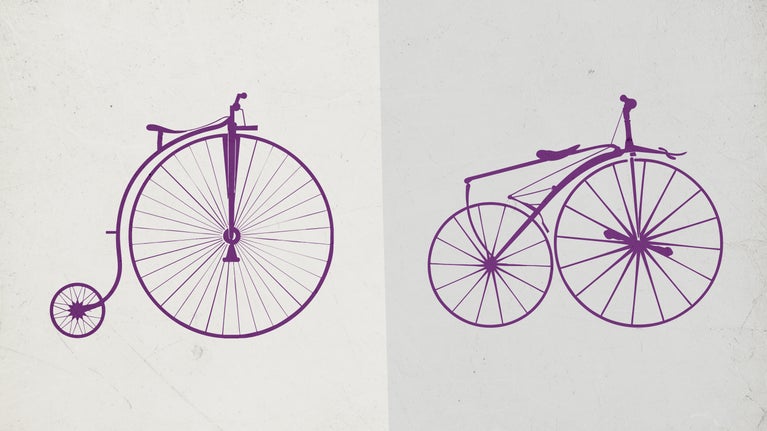
One of the first bicycles invented was known as the 'boneshaker', as it wasn't very comfy to ride. It was built in France in the 1860s and had a horizontal frame with a seat mounted on top. The first boneshakers didn't have pedals and were a bit like today's balance bike. Their wheels were made of wood and caused the handlebars to shake.
A pennyfarthing was another type of an early bicycle. It had a large front wheel and was made of metal instead of wood, with rubber tyres. It was made in Manchester, betweeen 1880 and 1890. Any bump or pebble in the road could cause the rider to fall headfirst over the handlebars and it was hard for riders to keep their balance as the seat was high off the ground.
As you cycle, scoot or roll along, take some time to listen to the sounds of your wheels on the ground. Can you hear leaves or stones crunching underneath? If you’re out in the rain or soon after, you might hear the squelch of mud or feel the splash of puddles as you race through.
Watch the light dancing on the ground as it peeks through the leaves above. What else can you see around you? Can you spot any animals or tracks? Does anything look different to when you’re moving more slowly?
One of the best things about exploring on wheels is you can discover lots more nature than you can on two feet. Take time to rest and think about your journey. How far have you come? What was the best thing you discovered? You could even keep an ‘explore on wheels’ diary with your friends, and draw a map with key things you spotted on your trails.
Exploring on wheels means you can go further and faster. This means you need to be more careful – take a puncture repair kit if you know how to use one and a mobile phone to call for help, or a lift home, if you need it. Choose a route that’s safe and the right length for you – discuss it with an adult before you go. Don't forget your safety helmet.

One of the benefits of riding a bike is that it's better for the environment than travelling by car. This is because cycling uses leg power to get around rather than engines, which motor vehicles use. Car engines burn fuel which releases carbon dioxide into the air. This pollutes the air and is bad for the environment. Riding a bike just takes a little huff and puff. This means cycling is a very clean type of transport.
The exercise also helps you keep healthy. Have fun coming up with new places to discover when you're exploring on wheels.

Have fun exploring nature and the great outdoors with our list of ‘50 things to do before you're 11¾’.
Learn about the best places in our care to explore with your family by bike. Find miles of traffic-free trails through woods and parkland.
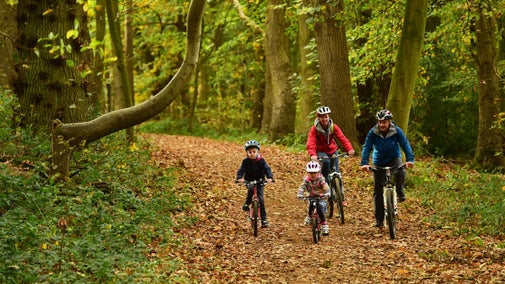
We want as many children as possible to experience the excitement of exploring new places by bike, so here's some top tips to help your kids find their way on wheels.

To ensure you can complete your ‘50 things to do before you’re 11¾’ activities safely, here are some top tips to help you complete your challenges with safety in mind.

Grab your torch and head for the wilderness. Wherever you choose to go camping, we have tips on what to pack and do. Camping outdoors is no. 3 of the ‘50 things to do before you’re 11¾’.
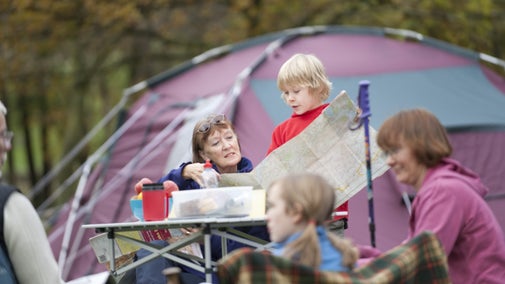
Try our family-friendly recipes, pick the best picnic spot and enjoy tucking into your food surrounded by nature. It’s no. 9 on the ‘50 things to do before you’re 11¾’.
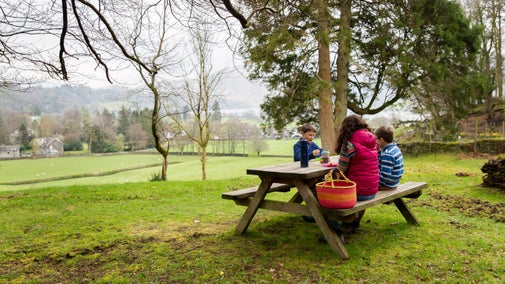
Search for clues to the life of animals and plants from the past. Our guide contains dinosaur facts and reveals the best places to go fossil and bone hunting, one of our ‘50 things to do before you’re 11¾’.
